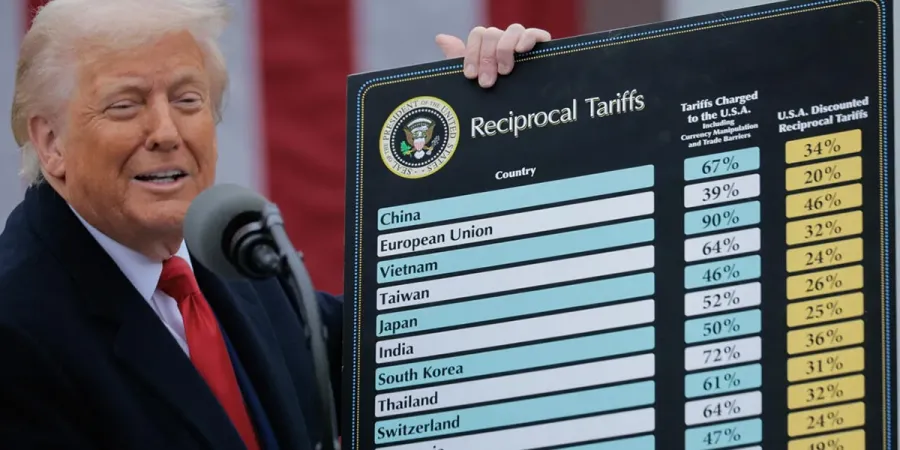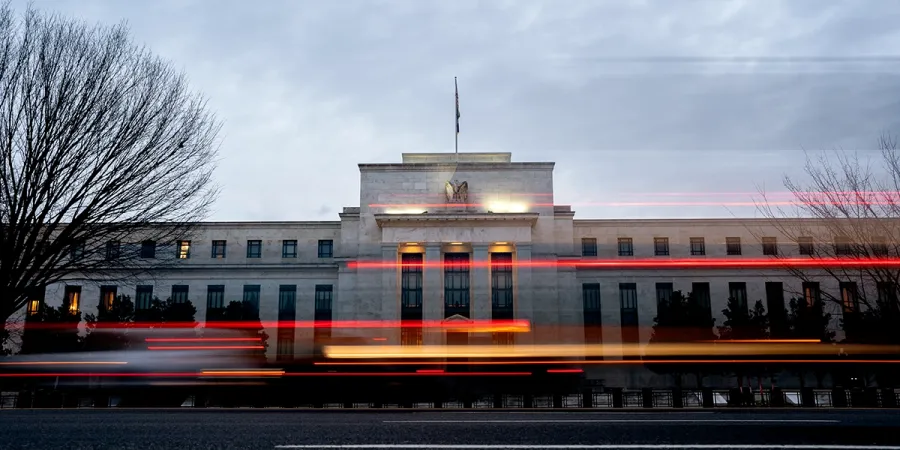In January 2025, President Trump dropped a huge promise — housing relief! The plan? Lower costs, fewer rules, and tons of new homes. Builders, investors, and future homeowners were all pumped. Finally, some change! But now it’s March 2025, and... nothing. Where’s all the action? What happened to the big fix?
What Was Promised?
Trump came out swinging with a plan to shake up the housing market. He said he'd make it easier for builders, boost the supply of affordable homes, and help first-time buyers get a foot in the door. Sounds like a dream, right? But there weren’t a lot of details to back up the hype. And right now, we’re all left wondering if these promises are just empty words or if fundamental change is coming. Let’s take a closer look at what Trump actually promised.

- Cutting Red Tape: The idea was to make building faster by ditching the boring rules. Builders would get their permits way quicker.
- More Affordable Homes: Trump promised more affordable houses. But to make that happen, we need to change zoning laws and get developers to build in the right places. Not so easy!
- Faster Approvals: Trump said he’d speed up housing projects by reducing the time to approve them. But local governments still have the final say, and they’re not always in a hurry.
- Helping First-Time Buyers: There were supposed incentives for first-time buyers — things like tax credits and down payment assistance. But how soon will these kick in?
- Lower Material Costs: Deregulating materials like lumber, concrete, and steel was supposed to lower costs. But with supply chain issues still in play, that’s a tricky fix.
The Market’s Reaction
At first, the market was buzzing with excitement. Builders were happy. Investors were hopeful. But now? Not so much. Some initial boosts to stock prices were short-lived, and builder sentiment has faded. According to the National Association of Home Builders (NAHB), builders were optimistic after the announcement, but rising interest rates and high material costs are slowing down their plans.
Take Washington, D.C., for example. The median home price there dropped by 1.6% recently, partly because of more homes hitting the market and some market adjustments. It’s not a huge drop, but it shows how things can change quickly when the market’s uncertain.
Delays, Uncertainty, and Political Pushback

So, everyone is wondering where the promised and long-awaited progress is. Several factors are slowing things down. First, changing housing laws is unlike organizing a banquet for five people. It's much more complicated. Local authorities, controlling bodies, zoning — they’re the ones who aren’t agreeing.
Plus, with the 2024 elections now behind us, some people still think this housing order might be more about politics than real change. Critics argue it was just a campaign move, while others believe it’s a step toward fixing the economy.
On top of that, inflation, labor shortages, and high material costs are still a big hurdle. States with strict housing laws, like California, are also less likely to go along with these federal changes unless there’s something in it for them. And don’t forget about the banks. Rising interest rates are making it harder for developers to get the funding they need to break ground on new projects.
How Other Countries Handle Housing Policy
So, what’s the deal with housing in other countries? It turns out, the U.S. isn’t the only one struggling with housing costs. Let’s take a quick look at how other countries are handling their housing markets:
- Canada: In 2023, Canada banned foreign buyers. But still, 20% of homes in Toronto and 33% in Vancouver are owned by investors. Housing is still expensive.
- Germany: Rent in Berlin went up 21.2% in 2023. Rent controls don't stop high prices. Landlords find ways to charge more.
- Japan: Japan is doing things right. They approve housing quickly. Their system allows cities to make rules that fit their needs. As a result, Japan has a lot of affordable homes in big cities. The country has an efficient housing market that’s fast and flexible.
- Australia: In cities like Sydney and Melbourne, land is expensive, and approvals take too long. Prices stay high.
- Cyprus: Cyprus has its own real estate challenges. It’s tough to get affordable homes because land is limited. But, Cyprus is pushing for more development, especially around the tourist areas. The government is working on relaxing rules to make it easier for developers to build more homes. The goal is to keep prices from getting too high, but the market is still slow.
Looking at these countries, it’s clear that the U.S. could benefit from faster, more flexible zoning and quicker approvals, like Japan’s approach. But, if states don’t buy in, we might not see the boom we’re hoping for.

What’s Next?
What can we expect next? Here’s a sneak peek:
- Mid-2025: We might see serious talks about federal housing deregulation in Congress. If lawmakers get moving, we could see some fundamental changes to zoning and permitting by the end of the year.
- Late 2025: Expect some big moves on housing. He can push through executive orders and new laws to make building easier, but that will take time.
- 2026-2027: Real changes in the housing market might take a few years. We could see some shifts in pricing and availability if the housing reforms start kicking in, but it’s still a long game.
If you’re watching how federal changes may impact local markets, it’s worth exploring what’s currently available in fast-growing regions like Limassol or Nicosia.
Key Takeaways:
- For Homebuyers: If things go as planned, more homes should be available. But don’t expect a massive drop in prices anytime soon.
- For Builders: Keep your eyes peeled for local policy changes. Some states are moving faster on housing reforms than others.
- For Investors: Watch the interest rates! They’ll still significantly impact the housing market's development, even if new laws make building easier.
Should Homebuyers and Builders Be Optimistic?
So, should homebuyers and builders get excited? Honestly, it’s still too early to tell. Homebuyers, don’t rush into anything just yet. Builders, pay attention to changes at the state level, especially in places like Texas and Florida. Investors, keep an eye on interest rates — they can make a big difference.
This housing relief order might help solve some problems or be more talk. Only time will tell. Keep watching the updates, and check out the U.S. Department of Housing and Urban Development for the latest news!






